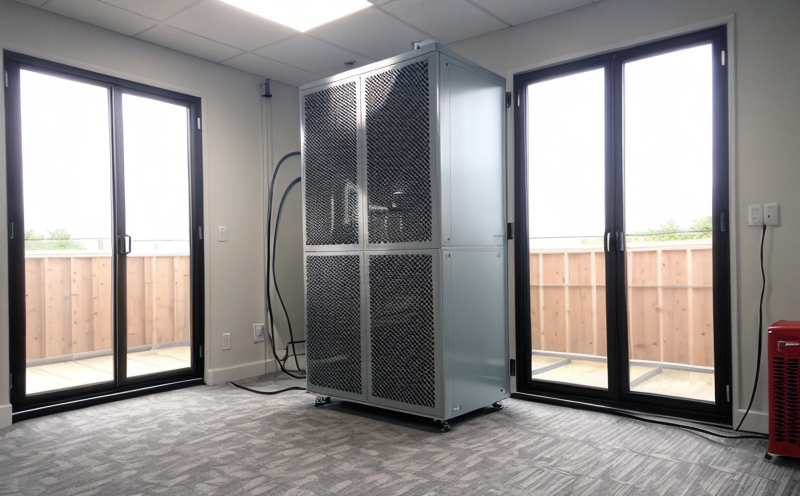DIN EN 13779 Ventilation System Airflow Testing
Understanding the importance of proper ventilation within HVAC systems is critical to ensuring optimal indoor air quality and energy efficiency. The DIN EN 13779 standard provides a comprehensive framework for testing ventilation system airflow, ensuring that these systems meet stringent performance requirements. This service focuses on providing accurate and reliable measurements of airflow in ventilation systems, which are essential for compliance with regulatory standards and for maintaining the operational integrity of HVAC installations.
The test parameters include both static pressure and total pressure within the ductwork, as well as air velocity at various points along the system. These tests help identify any issues that could lead to inefficiencies or health risks in the building environment. The testing process involves careful calibration of instruments and thorough preparation of the ventilation system before commencing the measurements.
Our team uses advanced instrumentation such as anemometers, pitot tubes, manometers, and differential pressure sensors to gather precise data on airflow rates and pressures. We ensure that all tests are conducted in accordance with DIN EN 13779 guidelines, which specify detailed procedures for calibrating instruments, measuring points, and interpreting results.
The findings from our testing can be used by quality managers to verify that the ventilation systems meet design specifications and operational standards. Compliance officers benefit from having clear evidence of regulatory adherence, while R&D engineers gain insights into potential improvements or modifications needed for better performance. For procurement professionals, this service ensures that they are selecting suppliers who adhere strictly to industry best practices.
Testing according to DIN EN 13779 not only enhances the reliability and efficiency of HVAC systems but also contributes significantly towards improving overall indoor air quality, which is crucial for occupant comfort and health. By adhering to this standard, we contribute to creating healthier work environments that comply with international best practices.
| Standard | Description |
|---|---|
| DIN EN 13779:2006-11 | Test methods for the measurement of ventilation system airflow rates and pressures. |
Customer Impact and Satisfaction
- Ensures compliance with international standards, thereby enhancing trust among stakeholders.
- Promotes efficient use of resources by identifying underperforming areas in ventilation systems early on.
- Improves indoor air quality leading to healthier working environments and better employee productivity.
International Acceptance and Recognition
- DIN EN 13779 is widely used across Europe, ensuring consistency in testing methodologies.
- The standard is accepted by numerous countries as a benchmark for ventilation system performance evaluation.





